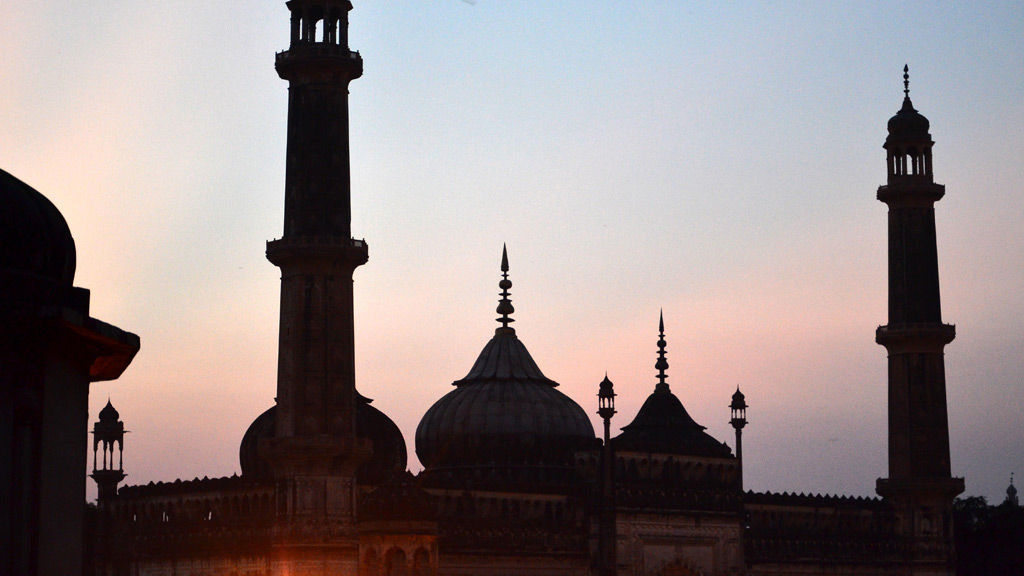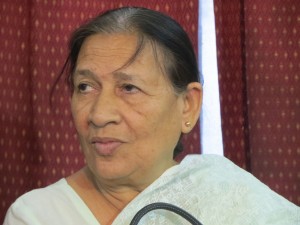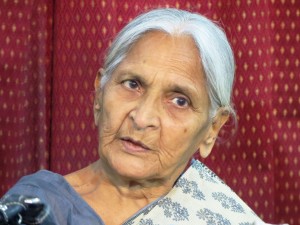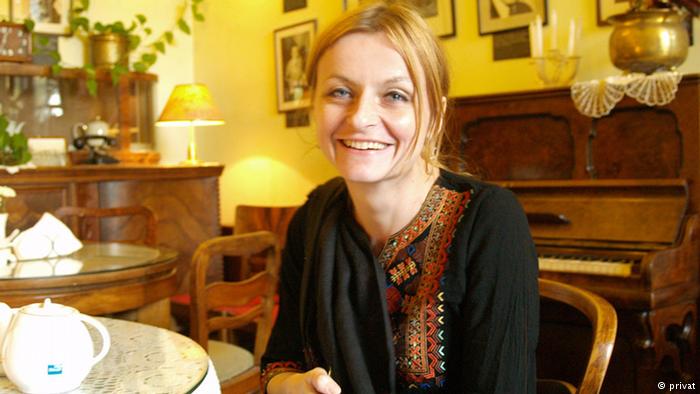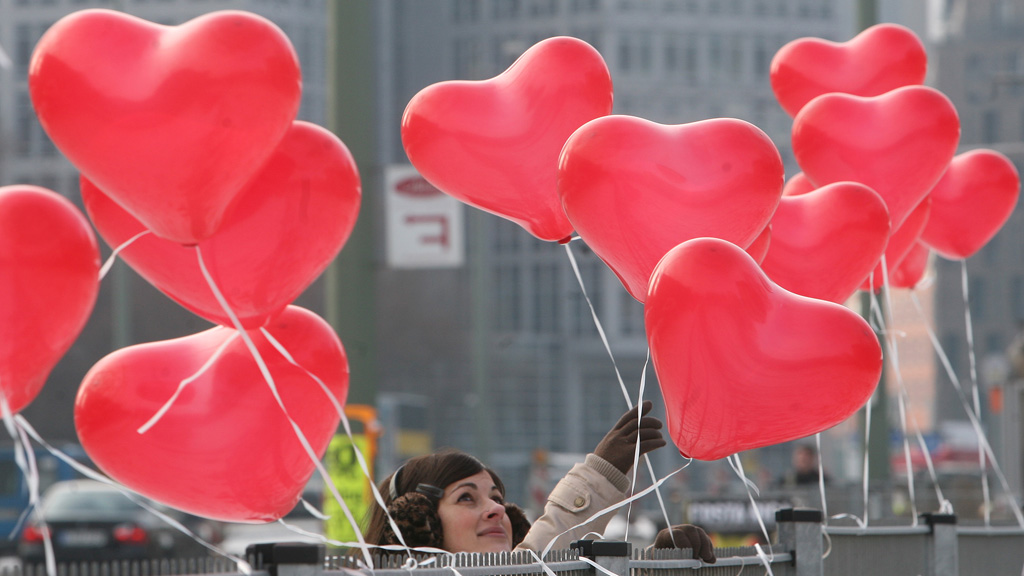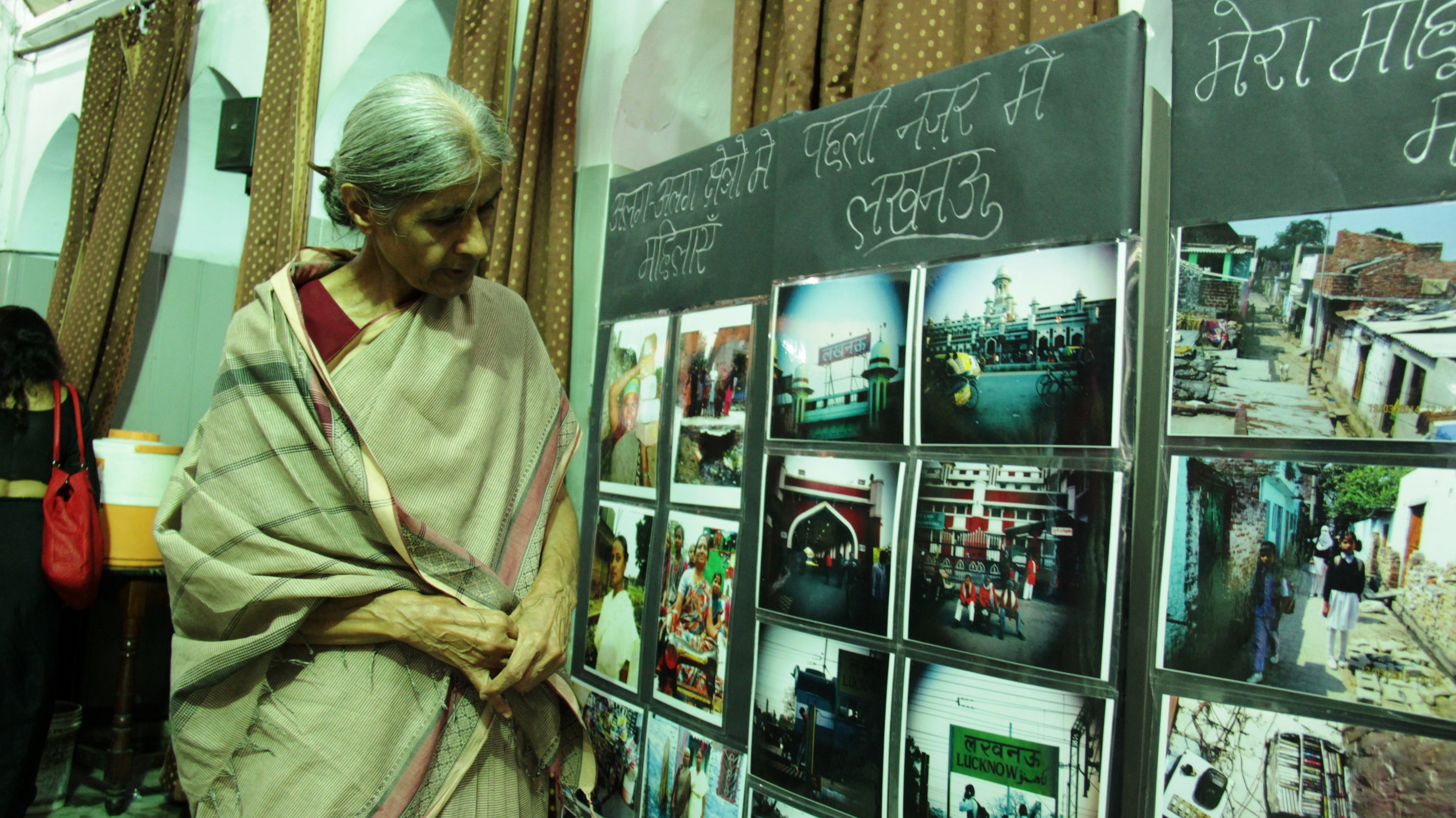Love and longing in Lucknow’s novels
In her Urdu short story, “Ujli Subah Ka Anjam,” (The Fate of a Bright Morn), author Ayesha Siddiqui concerns herself with a woman who wakes up fresh and sparkling but due to wrongs suffered by her during the day, becomes a wreck by the time the sun sets. While the narrative talks about the present state of womanhood, it also conjures up images of the disrespectful ways in which nature is treated by people today. In fact, the most exciting feel of Siddiqui’s story in Urdu is the inter weaving of the way both women and nature continue to be abused in the 21st century.
“Women are writing interesting things in Urdu,” feels Shaihla Siddiq Umar, treasurer and vice president, Bazm-e-Urdu. Recently, five female Urdu writers, including Masroor Jahan, the Barbara Cartland of the Urdu world, came together for a story-reading session in Lucknow, Uttar Pradesh’s state capital.
Love rules
Masroor Jahan is a very popular novelist. Her “Jab Gily Mit Gaey” (No more complaints) is a bestselling social romance. “Faisla” (Decision) is her first novel from 1962 but it was “Taabaan,”(Sparkling) published in 1970, that made her reputation. Ever since, Jahan has published 50 novels and over 500 short stories. Her latest collection of short stories, “Kahan Ho Tum” (Where are you) appeared in 2012 and continues to sell like books published by Mills & Boon, the British imprint of fiction for women since the 1930s.
Her story of the day revolved around the many frustrations faced by a newly-wed bride in the home of her mother-in-law. This young working woman dreams of a home of her own and can’t wait to bring up her nuclear family far away from her mother-in-law. However, pregnancy makes her feel that it would be unfair to separate her husband from his mother. The protagonist emerges even more empowered as she decides to continue living with her mother-in-law.
Women lost in love
Educationist Sabiha Anwar is another well-known Urdu writer from Lucknow. Her “Dil Ka Bhed,” (The Secret of the Heart) is about a woman so engrossed in her own love and loss that she is unable to appreciate the joys of her present until realisation dawns upon her that happiness is in the here and now. Apart from these two doyens, there’s Salma Hijab, well-known poet and assistant editor of a leading Urdu magazine, who has penned the amusing, “M for Maggi” and Ghazala Zaigham, an official in the information department, who writes fluently in the charming dialects of Avadh. Her “Phulwa” is penned in the same rustic language spoken by people from the many suburbs surrounding Lucknow.
It is no surprise that all these great female storytellers hail from Lucknow. After all, the city is the birthplace of Urdu, a language that boasts of a radiant literary tradition, with poetry being closest to its creative heart. It was in 19th century Lucknow that journalist Abdul Halim Sharar took Urdu writing forward from the “dastan” or story-spinning to writing historical romances.
The first urdu novel
Against the fictional background imagined by Sharar, Mirza Muhammad Hadi Ruswa was inspired to write “Umrao Jan Ada,” a story about a fictitious Lucknow courtesan, in 1899. “Umrao Jan Ada” is considered the first true novel in Urdu. What stands out about this novel is the very strong sense of self that Ruswa grants his female protagonist.
At this time the short story did not exist in Urdu, appearing as a distinct genre with Munshi Premchand, who died in 1936. This was a time when Indian feudal values were having a ball with European Victorian values. The last thing on the mind of the patriarch was the concerns of women. In a sense, the world of women was confined to the four walls of the home although those belonging to elite homes were highly educated, mostly informally. Many of them read Ruswa and Premchand and some of them were even inspired to write.
In 1931, a collection of 10 short stories, entitled “Angare,” was published by a group of four young writers of which one was a woman called Rashid Jahan. All these writers were from urban, upper middle-class families and were well-read in western fiction. They were unmistakably influenced by Marxist and Freudian thinking.
The Urdu literary movement
Five years later, the Progressive Writers’ Movement in Urdu was founded in Lucknow as the literary arm of the Communist Party of India inspired mainly by the socially aware writings of Russian writers such as Leo Tolstoy and Maxim Gorky. The writers concentrated on exposing the struggles of the economically depressed classes in rural and urban settings, and articulated the political and nationalistic aspiration of a people seeking liberation from the British.
Gender issues were nowhere on anyone’s mind, not even the Progressives whose movement was a spent force by the mid-1950s. Much of the writing also by women was a series of naive narrations, even when social abuses were condemned. In the old school of writing, the style of narration was seldom piquant and most plots were drawn from cheap English and French novels. The writings were not very analytical and writers seemed ill equipped to probe the inner conflict of human beings.
Even female Urdu writers have come to realise now that reality is beyond what meets the eye and that human nature is infinitely more complex than just good or bad. Writers like Ayesha Siddiqui are free of ideological baggage and propagate no political agenda. For them it is the human condition that matters and they look into more complex aspects of life.
Author: Mehru Jaffar
This is a feature from Womens Features Service.



